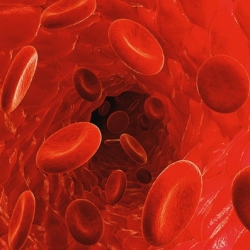
“This research has shown the effectiveness of electrical stimulation in wound healing,” said research leader Ardeshir Bayat. “We believe this technology has the potential to be applied to any situation where faster wound healing is particularly desirable, such as surgical wounds, accidents, military trauma, and sports injuries.”
Based on the findings, the researchers plan to work with Oxford BioElectronics Ltd. on a five-year project to develop and evaluate devices and dressings that use these experimental techniques to stimulate the body’s nervous system to generate nerve impulses directed to the site of skin repair.
The researchers explain in the paper that “ES in its various forms has been shown to enhance wound healing by promoting the migration of keratinocytes and macrophages, enhancing angiogenesis, stimulating fibroblasts, and influencing protein synthesis throughout the inflammatory, proliferative, and remodeling phases of healing.”
The researchers previously “investigated the in vitro effect of different types of ES on the expression of collagen in skin fibroblasts. Importantly, we highlighted the role of a novel waveform termed degenerate wave (DW is a degenerating sine wave, which deteriorates over time) and demonstrated its beneficial effects compared to other known waveforms such as direct and alternating currents.”
Skin wounds that are slow to heal are a clinical challenge to physicians all over the world. Every year, the NHS in the U.K. alone spends £1 billion on treating chronic wounds such as lower limb venous and diabetic ulcers. (Wounds become chronic when they fail to heal and remain open for longer than six weeks.
